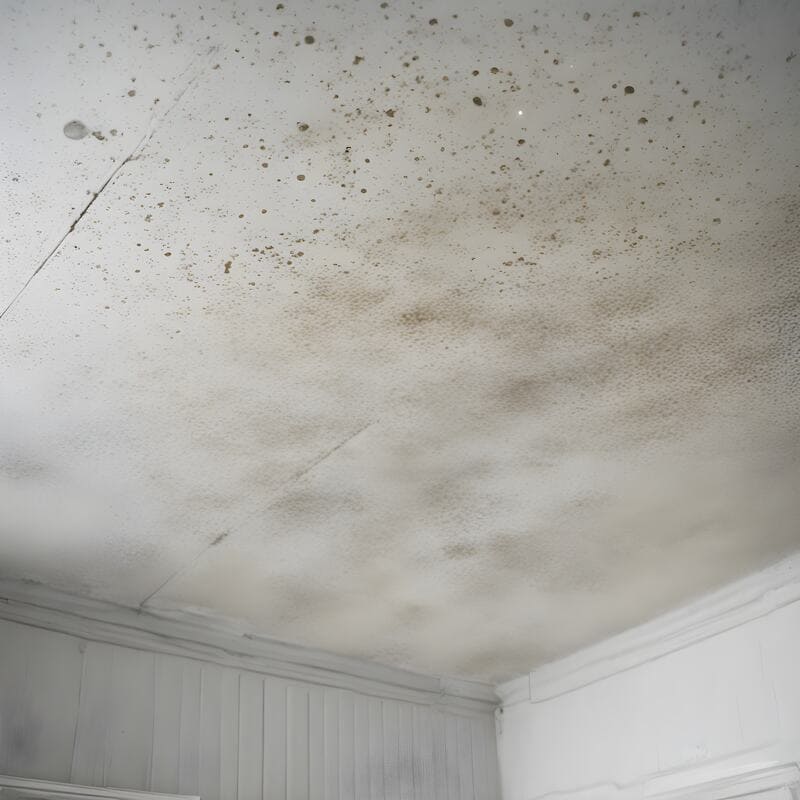Unlike outdoor air quality, there are no comprehensive federal regulations setting specific VOC limits for most indoor environments. However, several organizations provide guidance and recommendations. OSHA sets permissible exposure limits (PELs) for specific VOCs in workplace environments to protect worker health. EPA provides guidelines for certain VOCs like formaldehyde but doesn’t regulate most indoor air VOC levels. ASHRAE (American Society of Heating, Refrigerating and Air-Conditioning Engineers) offers ventilation standards that help control VOC concentrations. Green building programs like LEED and GREENGUARD establish VOC emission limits for building materials and furnishings. Many states and local jurisdictions have their own indoor air quality guidelines, particularly for schools and healthcare facilities. Professional VOC testing compares results against available guidelines and industry best practices to determine if levels pose health concerns, even without specific regulatory limits. This testing provides scientific documentation for decision-making about remediation needs and helps ensure occupant safety.
Get your Free Ebook
Get expert insights download the E-Book now!
Gain practical tips, proven strategies, and industry knowledge—all packed into one powerful resource.








